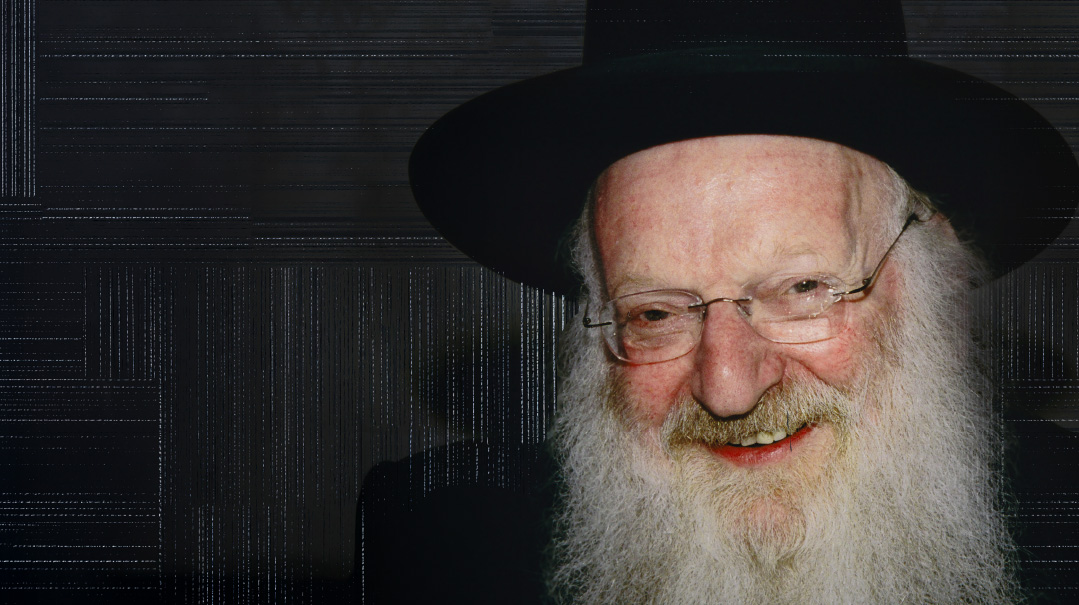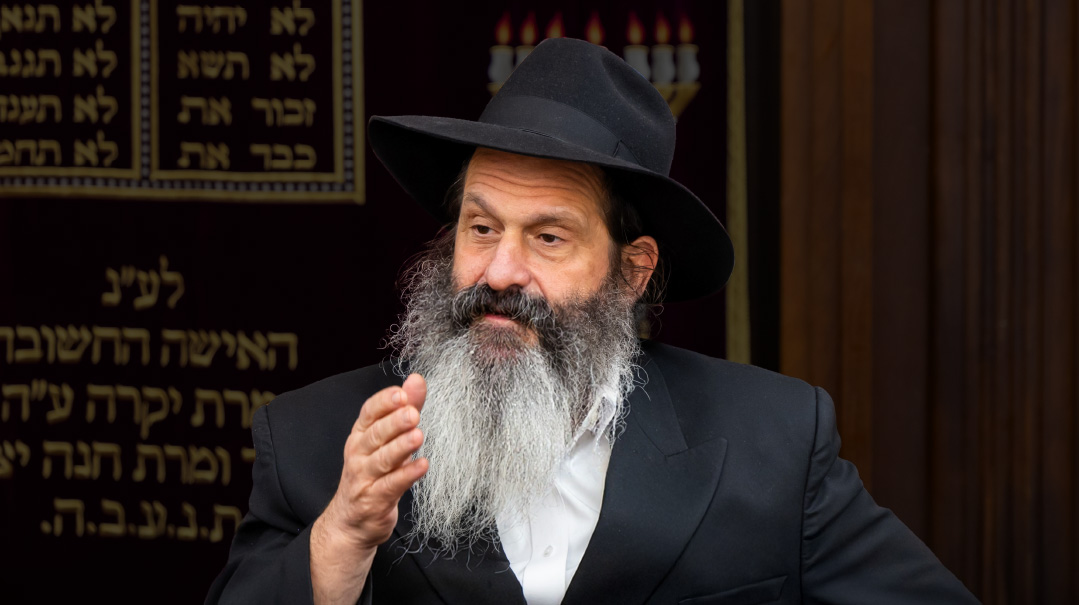Crime and Punishment

Yevgeny Prigozhin’s death is just the latest in Russia’s long, bloody tradition of settling scores
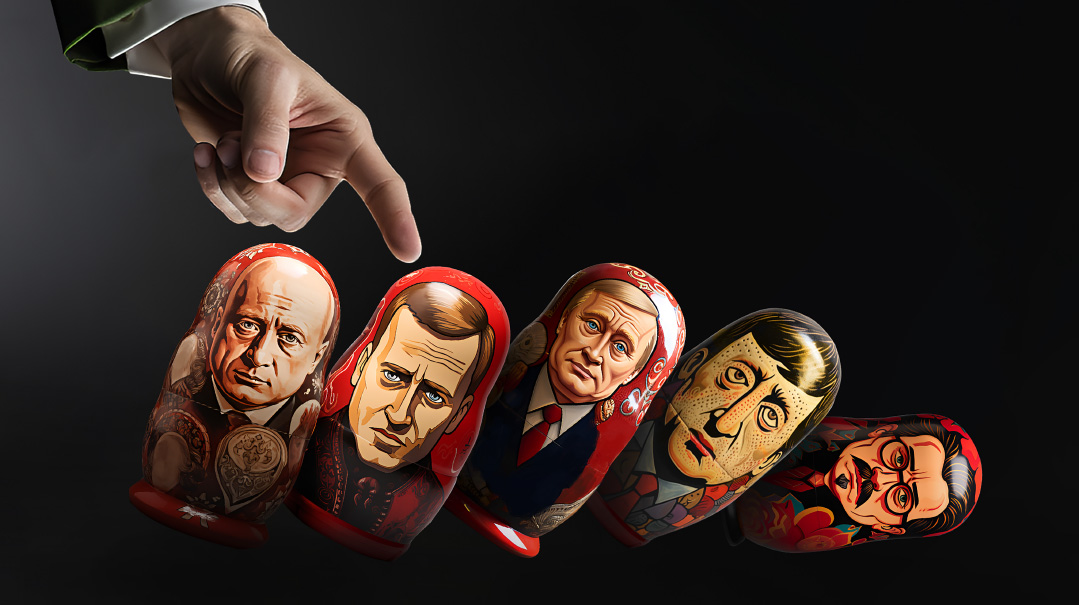
Photos: AP Images
When news broke last week that Yegveny Prigozhin — former head of Wagner, a Russian mercenary group — had died in a strange air disaster outside Moscow, precisely no one was surprised.
From the moment that Vladimir Putin’s former protégé — an ex-convict who became a billionaire Kremlin insider — turned on his erstwhile boss in an abortive coup in June, it was clear that his days were numbered. Even though he apparently attempted to mend fences with Putin, and was recently seen in Africa with his mercenaries, he was living on borrowed time. The only question seemed to be whether the murder weapon would be some rare radioactive poison or a shove from a high window.
It was nothing as subtle as the above. In what was widely seen as a Mafia-style act of revenge, the private jet carrying Prigozhin and his Wagner deputy was brought down, either by bomb or missile — a shockingly ruthless and public act of vengeance. Reinforcing that impression, the Kremlin maintained an ominous silence around the incident for days, allowing the full impact of the killing to sink in for the benefit of Russian elites.
While Prigozhin’s death was officially attributed to an “air accident” — and accidents do happen — those who run afoul of a Russian leader are statistically predisposed to experiencing unfortunate outcomes. In just the last couple of years, more than 30 prominent figures with Kremlin ties have met their end under extraordinary circumstances.
And this is not a bug of Vladimir Putin’s increasingly autocratic rule. Instead, it’s an age-old feature of Russian behavior, reaching back before the Soviet era even to czarist times. It’s the modus operandi by which Russian rulers resolve their internal conflicts.
To truly comprehend the ferocity and — dare we admit — ingenuity behind the long evolution of Russian state assassinations, you have to look at the big picture. So here is a voyage into the history of Kremlin “crime and punishment.” It’s a tale rife with poisonings, explosive packages, sudden suicides, and unexplained falls that is often stranger than anything that Dostoevsky could have conceived.
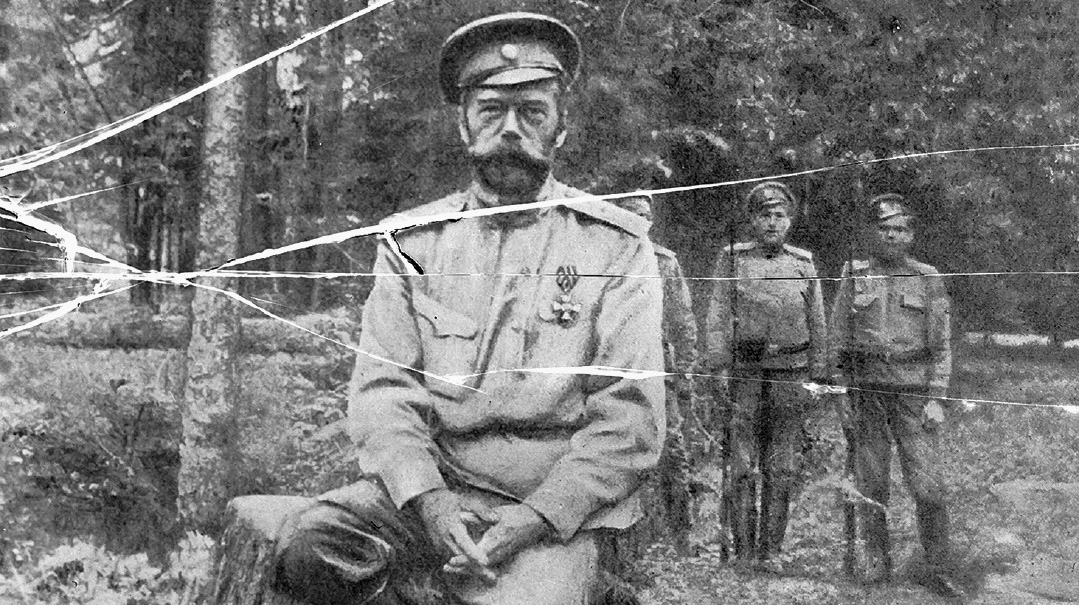
LAST OF THE ROMANOVS Tsar Nicholas II, doomed to die at the hands of the Cheka
Blood-Soaked Revolution
No single country can claim a monopoly on the tradition of rulers bumping off dissidents; historical examples abound around the world. But the Russians have always shown a particular talent for it. The czars were top practitioners for centuries, and instituted the Okhrana secret police in 1881. But the Bolsheviks brought the game to the next level when they took over in 1917. To deal with “reactionary forces” and “class enemies,” Vladimir Lenin established the All-Russian Extraordinary Commission, better known as the Cheka — the early Russian secret service that would later evolve into the fearsome KGB.
Within just six months of its inception, the Cheka arranged the first Communist assassination: the murder of the Romanov imperial family. In July 1918, Czar Nicholas II and his wife and five children were shot and bayoneted. Then came the cover-up: The government acknowledged only the death of the former czar, while announcing that the rest of the family had been relocated elsewhere “for security reasons.”
Making the most of its absolute power — or perhaps wanting to set clear examples for the citizenry — the Cheka saw no need for subtlety or caution, qualities that would characterize the later Soviet intelligence services. The Cheka conducted the “Red Terror,” a campaign of imprisonment, torture, and executions from 1918 to 1922, targeting anyone deemed a threat to Lenin’s government. Anyone labeled “bourgeois,” “anarchist,” “reactionary,” or “religious” could be killed without hesitation or due process. Estimates vary, but it’s believed that up to 100,000 people met their end this way.
“We are not waging war against individual persons,” declared Martin Latsis, the head of the Cheka in Ukraine. “We are exterminating the bourgeoisie as a class.”
Stalin’s Sword
One might have thought that after Lenin carried out his massive purges to safeguard the revolution, his successor would be less bloodthirsty. Unfortunately, the opposite proved true. Lenin kicked the bucket in 1924, and while he intended for Leon Trotsky to succeed him, Joseph Stalin made sure that didn’t happen. Stalin outmaneuvered Trotsky, claiming sole leadership and exiling his rival. As Stalin consolidated his rule, he found it necessary to root out “counter-revolutionary” thought within the Communist Party. The secret police entered a “more refined” phase of existence.
Stalin’s rule saw the Cheka becoming the OGPU (for “Joint State Political Directorate”), then the NKVD (the “People’s Commissariat for Internal Affairs”), and later the NKGB (“People’s Commissariat for State Security”). But the targets remained consistent.
In 1928, Baron Pyotr Wrangel, an Imperial Russian Army officer and a general over the anti-Bolshevik White Army, found himself in exile in Brussels at the age of 49. Nothing indicated that his life would end abruptly. Yet it did. The official story? Swift-acting typhus. However, Wrangel’s family asserted he was poisoned by his brother’s butler, who had briefly lived in his home and was — surprise! — a Soviet agent.
Another notable case is that of Yevhen Konovalets, leader of the Organization of Ukrainian Nationalists, in 1938. Since they took power in 1917, Communist authorities in Moscow had met resistance from nationalist groups in Ukraine fighting for independence. Stalin imposed a brutal clampdown that claimed millions of Ukrainian lives. Konovalets was among the luckier nationalist leaders who managed to escape the country. He traversed Czechoslovakia, Germany, Switzerland, and Italy, all the while dodging Soviet assassination attempts orchestrated by Stalin.
Unable to eliminate Konovalets through “traditional means,” the Soviet secret services turned to a more cunning approach. The NKVD managed to embed an agent into Ukrainian nationalist circles, establishing trust with Konovalets, who resided in Rotterdam, Netherlands, at the time.
This “new friend” sent him a box of chocolates. The “special gift” proved to be a big hit, so to speak. The booby-trapped package exploded upon being opened. Konovalets’s remains are interred in the same Dutch city, offering silent testimony to the lengths secret agents will go to achieve their objectives.
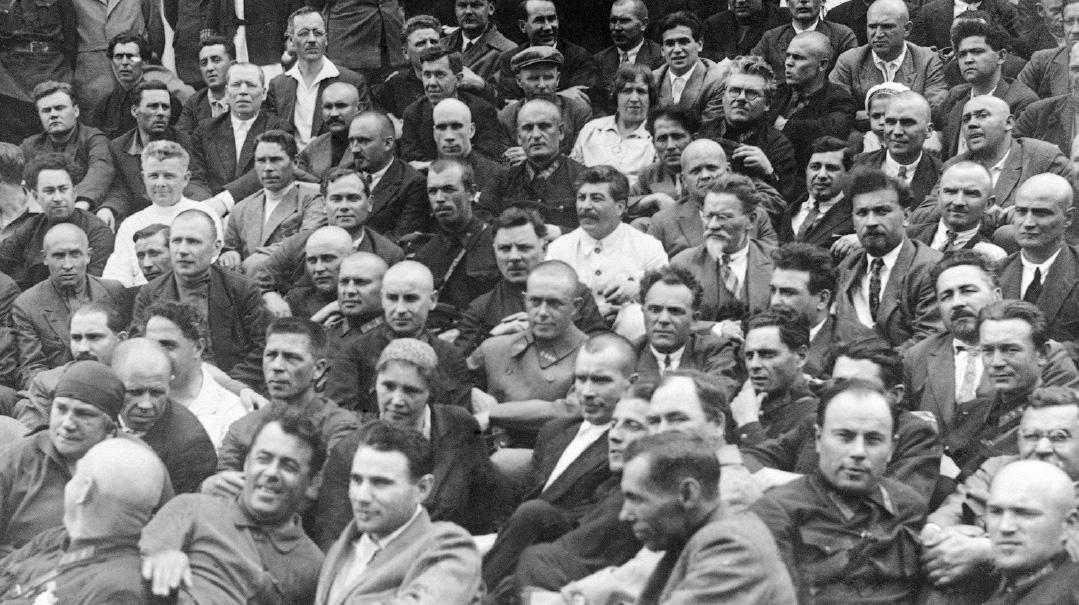
Stalin (in white jacket) together with Leon Trotsky before their falling out
Enemy Within
It’s been said that whereas Lenin set out to liquidate the bourgeoisie, Stalin set out to liquidate the Communist Party. Anyone who dared question his leadership was marked for death in a series of brutal party purges. Ignace Reiss was one such case. A staunch Communist since 1919, Reiss even served in the Soviet secret services, receiving the Order of the Red Banner — the highest decoration bestowed by the USSR — for his activities.
However, he dared criticize the party’s internal purge, returned his award in anger, and made the mistake of stating, “I am joining Trotsky.” That made him a marked man. He sought asylum in Switzerland, but the NKVD soon tracked him down. Although they intended to use the old box of chocolates trick, they ended up using the more prosaic method of a PPD-34 submachine gun.
Perhaps the most famous of Stalin’s assassinations was that of Leon Trotsky himself. As mentioned, Trotsky was Lenin’s natural heir as leader of the USSR. However, with Stalin’s ascent, Trotsky fled into exile. He declared publicly several times that Stalin wanted him dead. Soviet NKVD agents pursued Trotsky to Mexico in 1940, and after several failed attempts, they finally succeeded. Spanish-born agent Ramón Mercader carried out the execution, striking him in the head with an ice axe.
The lack of subtlety in the method was perhaps due to Trotsky’s public statements about the attempts on his life, or because Stalin wanted to make an example of him, or simply because concealing the perpetrator of Trotsky’s murder would be impossible. Trotsky died after hours of agonizing suffering. Agent Mercader was apprehended and spent almost 20 years in prison. Upon his release in the 1960s, he returned to the USSR, where his “service to the movement” did not go unnoticed — he was awarded the title of “Hero of the Soviet Union” and the Order of Lenin, the highest civilian decoration.
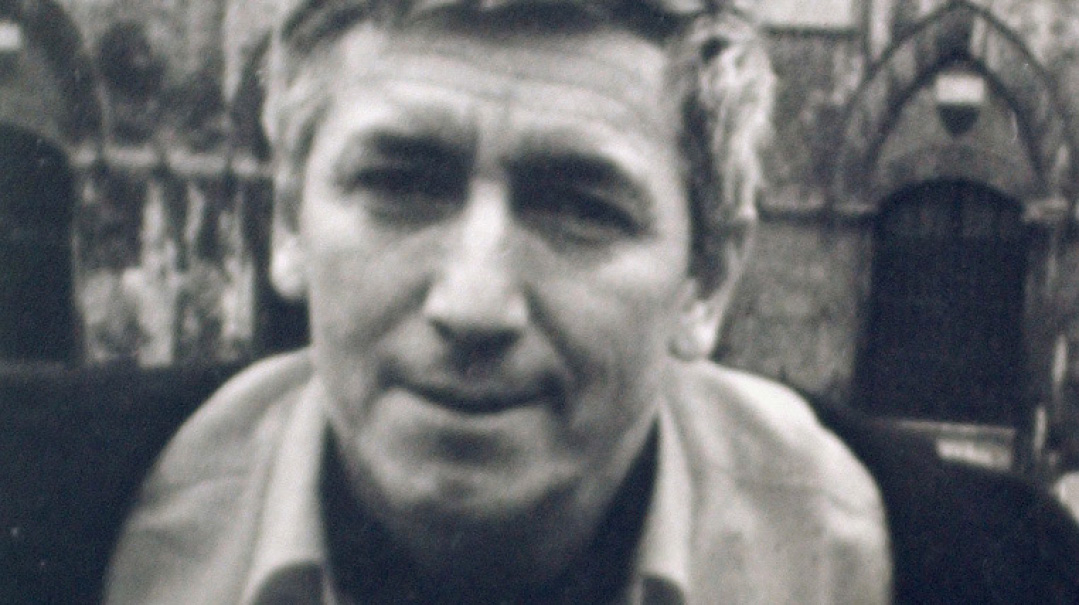
Bulgarian dissident Georgi Markov was assassinated in London with that quintessentially British instrument — an umbrella
Cold War Killings
Toward the end of his life, Stalin’s paranoia increased to unimaginable levels; he is said to have declared, “I trust no one, not even myself.” As he entered his final illness, his mistrust of his doctors led to mass arrests of Jews in positions of influence. Fortunately, the Angel of Death came calling for Uncle Joe before he could carry the campaign any further.
Stalin’s passing in March 1953, followed by the execution of NKVD head Lavrenti Beria a few months later, led to a restructuring of the Soviet secret police into its most famous incarnation, the KGB (“Committee for State Security”). Undoubtedly, the golden age of spies, mysterious deaths, and Russian counterintelligence came during the Cold War era. The geopolitical landscape added complexity; unlike prior years, when political disputes led to internal “settling of scores” among Politburo members, the underlying tension between the USSR and the United States made exchanges of gunfire almost unthinkable. A misstep could have ignited the feared Third World War.
With Nikita Khrushchev taking the reins, the KGB established itself as the “sword and shield of the Party” from 1954 onward. This dominance would continue through Leonid Brezhnev’s rule from 1964 to 1982. A silent race unfolded during this era among the KGB, the CIA, and the United Kingdom’s MI6. A promising young recruit of 23 from Leningrad joined the KGB in 1975, during the height of the Cold War. His higher-ups foresaw a bright future for him. His name? Vladimir Putin.
During this era, the KGB masterminded one of its most notorious hits. Georgi Markov was a writer in the People’s Republic of Bulgaria, a Soviet satellite state in the Warsaw Pact. Markov defected to the West in 1969 and eventually settled in London, offering his services to the BBC and Deutsche Welle. His constant on-air critiques of Communist regimes in Eastern Europe made him a thorn in the Kremlin’s side.
On September 7, 1978, while waiting for a bus on London’s Waterloo Bridge, Markov felt a sharp sting on his thigh. Turning to investigate, he saw a man pick up an umbrella from the ground, then quickly hail a taxi and vanish. The sting left a red bump, and that same evening, Markov developed a fever and was hospitalized. Doctors initially suspected an insect bite or even a snakebite. Four days later, Markov died.
Subsequent investigations revealed that Markov had been stabbed by the tip of an umbrella that delivered a pellet poisoned with ricin — lethal, with no antidote. The KGB, alongside Bulgarian Secret Service, had orchestrated this operation with literally pinpoint precision. No one was ever held accountable.
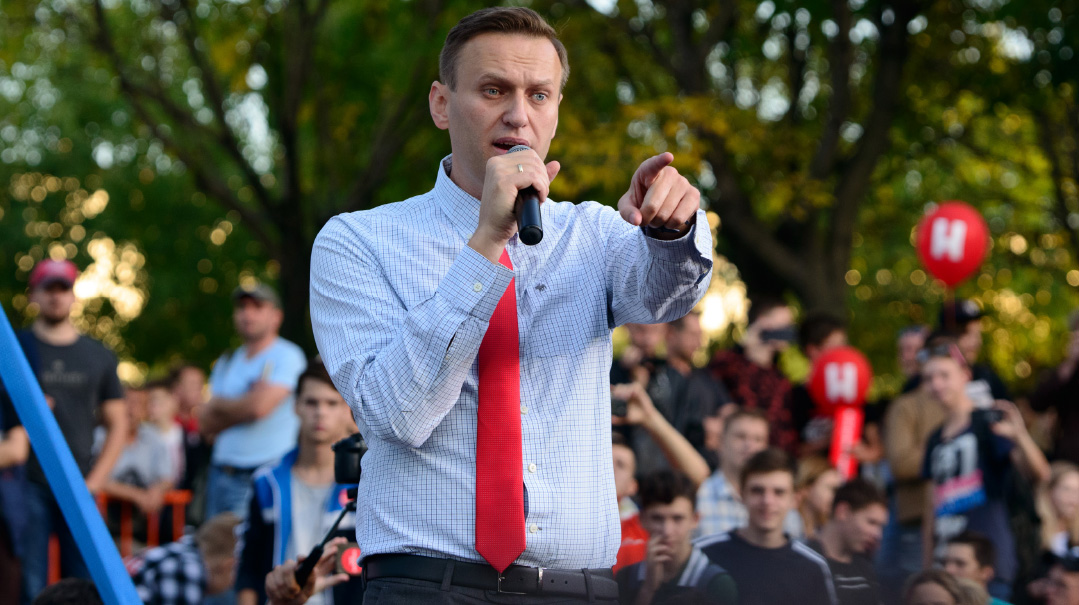
A thorn in Putin’s side, anti-corruption campaigner Alexei Navalny returned to Russia after being poisoned
Dirty Deeds of Democracy
The fall of the Berlin Wall and the collapse of the USSR obliged the fledgling Russian Federation to at least formally align with Western democratic norms. This did not signify the end of intelligence operations or persecution of dissenters, but it did demand a shift in tactics. In the 21st century, there could be no room for overt assassinations. The most effective way to silence opposition was to bring about some unfortunate “accidents.”
Vladimir Putin’s rise to power brought in its wake a series of “mysterious deaths.” Opposing voices were systematically silenced, and anyone who dared stand against the Kremlin ended up “accidentally” eliminated. The system worked as the right people got the message. Over the course of the 2010s, the anti-Putin protest movement shriveled as the most daring fled the country to continue their campaigns abroad.
One of the first messages to the Russian opposition that Putin would brook no dissent was the assassination of Alexander Litvinenko in 2006. Litvinenko, a former agent of the Federal Security Service (the “democratic” reincarnation of the KGB), exposed killings orchestrated by Putin’s regime. He sought asylum in the United Kingdom. Because of his intelligence background, his death harkened back to the Cold War era. On November 1, 2006, Litvinenko dined with two ex-KGB agents. That same afternoon, he began to feel unwell and was hospitalized. He learned he had been poisoned with polonium-210, and succumbed 22 days later.
The case of journalist Anna Politkovskaya carries a more dramatic narrative. Politkovskaya fearlessly filed dispatches from Russia’s war in Chechnya, chronicling war crimes and human rights abuses. Throughout her career, she endured arrests, torture, and poisonings. Her eventual demise had more of a Mafia flavor; she was gunned down in an elevator in her apartment building. It was October 7, 2006 — Putin’s birthday.
Alexei Navalny is a lawyer, human rights activist, and politician who has challenged Putin at the ballot box. He has so far not met a tragic end, but his circumstances have raised eyebrows internationally. In August 2020, Navalny fell ill on a domestic flight to Moscow. The only thing he had consumed that day was a cup of tea. However, the flight had to make an emergency landing. Navalny was eventually transported to Germany, where suspicions were confirmed: He had been poisoned with a Novichok — a nerve agent developed by the Soviets.
Doctors managed to save him, but upon his return to Russia, Navalny was apprehended. He remains behind bars to this day, facing fabricated charges.
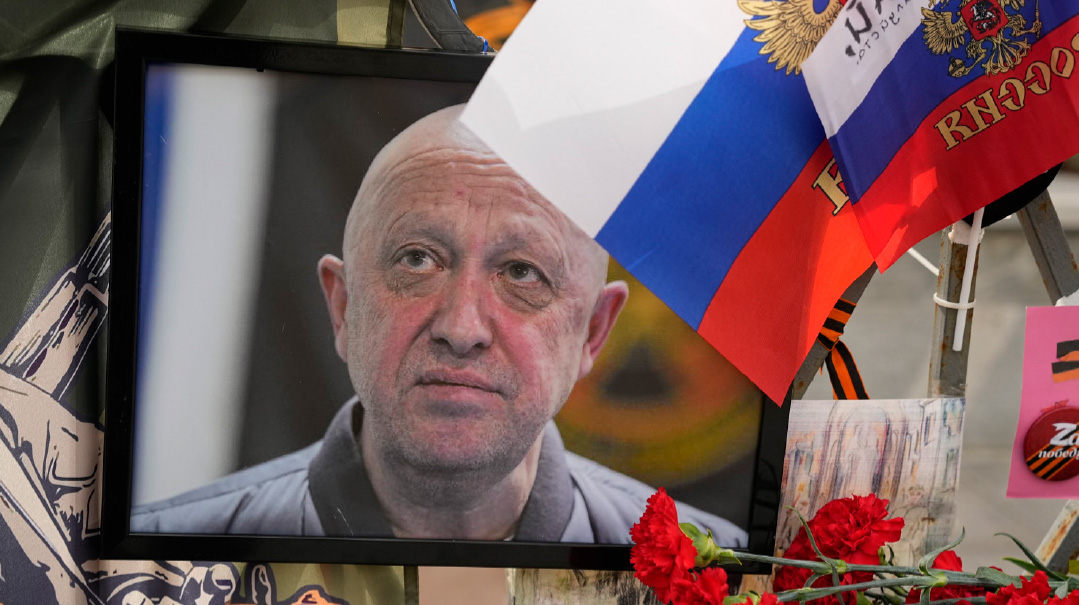
Mercenary boss Yevgeny Prigozhin
Accidents Will Happen
The spate of “accidents” befalling Putin foes has intensified in recent years, particularly since the invasion of Ukraine, which marked the final collapse of independent Russian media and triggered the arrest of thousands of anti-war protesters. This flurry of “sudden deaths” seemed to fall disproportionately on voices against the war and on Russian oligarchs whose loyalty to the Kremlin was suspect.
Over the last two years, more than 30 oligarchs have met their end in “murky circumstances.” Pavel Antov, a millionaire meat entrepreneur who vociferously criticized the Russian war on Ukraine, plunged from a hotel window in India while vacationing with his family. The same fate struck Dan Rapoport, a businessman and Putin critic who fell from a building in Washington, D.C. Ravil Maganov, former head of the oil giant Lukoil, also “fell from a window” while hospitalized. Perhaps the WHO should investigate the Russian autodefenestration epidemic.
Numerous suicides have also been reported. Among them, Leonid Shulman and Alexander Tyulakov, high-ranking executives of the Gazprom state energy giant, and Pavel Pchelnikov, a Russian Railways official. All of these deaths were suspicious. But then again, people do take their own lives.
Which brings us back to Yevgeny Prigozhin, leader of the Wagner private military group. He’d attempted an uprising against Putin and very publicly challenged the Russian leader, moving on Moscow at the head of a large force of mercenaries, vowing to oppose the military leaders whom he claimed were responsible for Russia’s fiasco in Ukraine. When Putin denounced him as a “traitor” and threatened the mutineer’s family, Prigozhin called off the coup, and moved to Belarus.
Two months later, the circle has seemingly been closed. Putin’s enemy list has been reduced by one, but he is free to play the role of an impartial observer, offering condolences to the family of someone he considered a “talented man who made serious mistakes in life.”
Judging by Russian history, this is just another hit job, a calibrated mix of savagery and deniability that sends the right message to those who dare threaten the regime, while allowing the leadership the ability to turn on the crocodile tears for domestic consumption.
So Prigozhin’s jet may have been brought down by the Kremlin’s security services, but then again, who knows? After all, convenient accidents happen.
(Originally featured in Mishpacha, Issue 976)
Oops! We could not locate your form.


